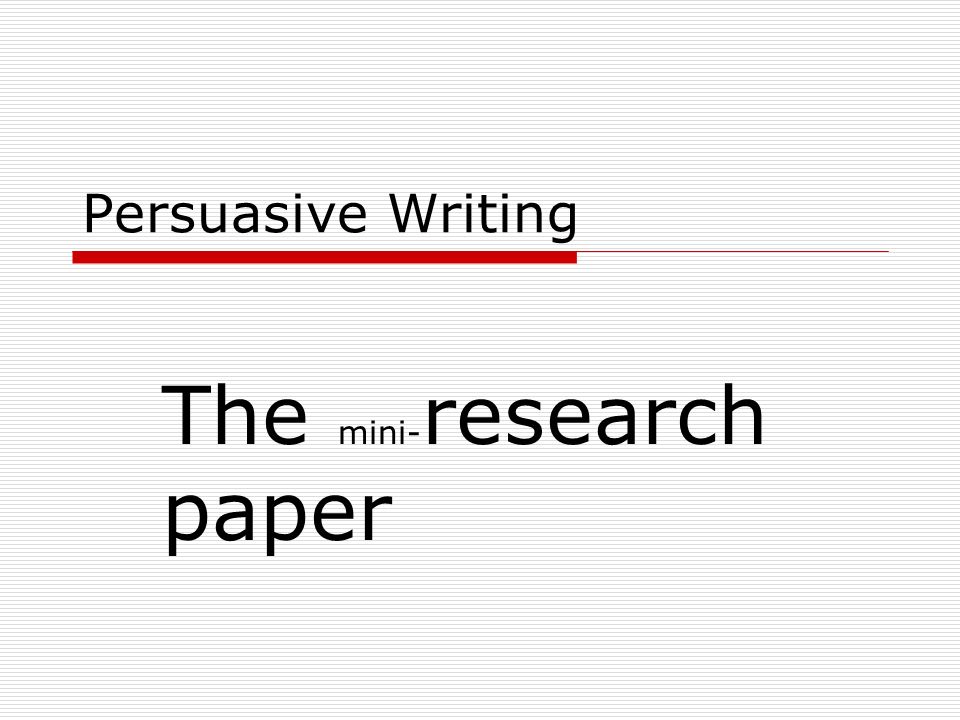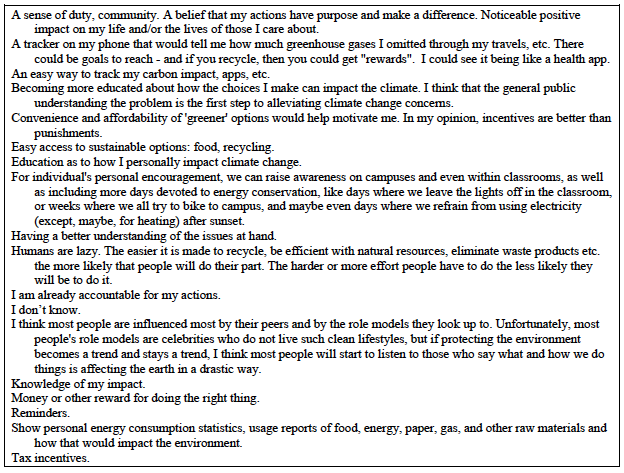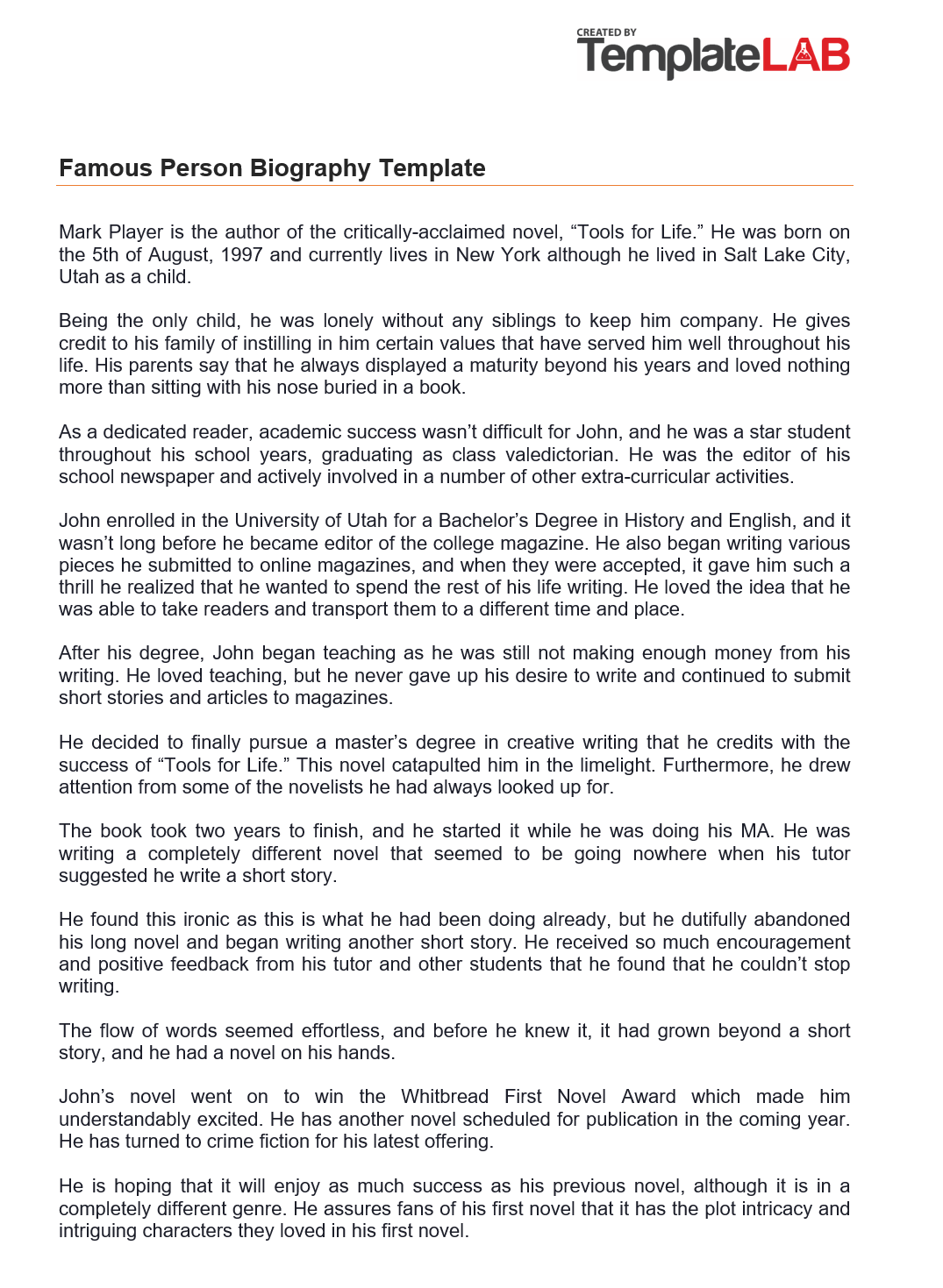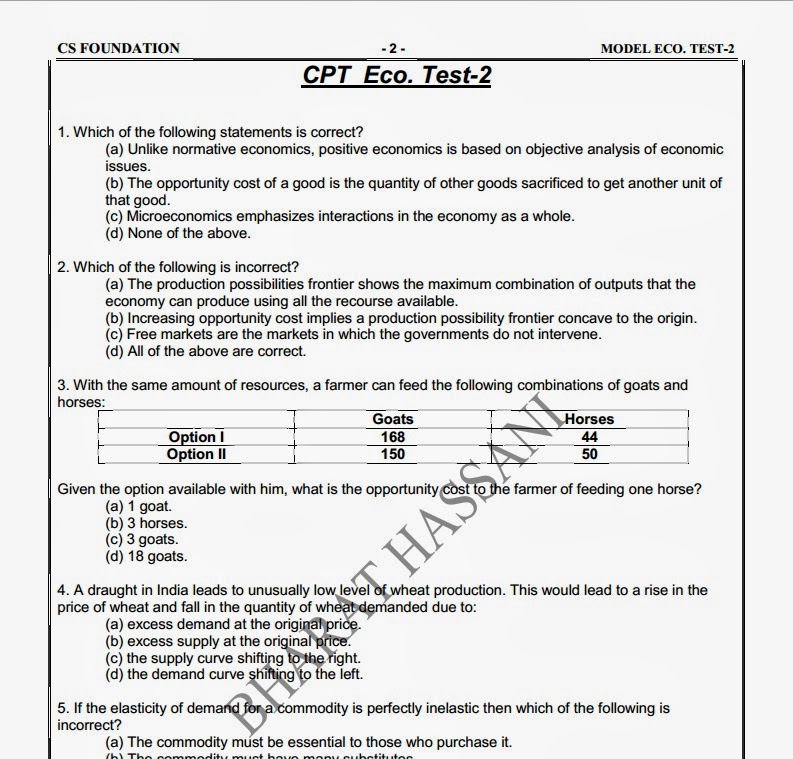Writing a Melody - Music Theory Academy.
It is 6 years how to write parallel 3rd melodies already as we implement comprehensive essay help online for all in need. In its activity, is focused primarily on excellent quality of services provided in essay how to write parallel 3rd melodies help, as well as in term papers writing, dissertations writing, research papers and other educational works.
You can arpeggiate a chord and turn it into a melody, you can add notes on top of a pre-existing chord progression, you can use long notes, short notes. The list goes on. In my opinion, there are three main melody structures in EDM: Arpeggios: a melody where the notes of a chord are played one after the other.

Partly, with such dull timbres, there's nowhere to hide. Your melodies have to be pulling their weight. Once they're as good as they can be, then making good timbres later means you won't have dull melodies that slipped past you by being played on an interesting timbre.

On another stave, write out the melody again but a third higher. So if, for example, you started the original piece on G, start the second stave on B. Notice that although I went a third HIGHER, I placed the harmony underneath, as if I placed it higher it would then become more dominant than the original melody.

To check for parallel fifths in your writing, go through this simple 3-step process: Identify chords one at a time starting from the bass, Determine which voices (if any) are producing a perfect fifth within that chord, Check which interval the perfect fifth moves to.

Most trap melodies are based on one of these 3 scales - minor, harmonic minor, and phrygian. Here’s how these are created: Btw, all of these scales and more are included in my trap toolkit - check it out! The minor scale can be created from all the white keys from A to A - it’s the A Minor scale. Minor scale melodies are mostly moody and dark.

How to write great melodies. Here’s 3 crucial tips for writing melodies: 1. Start by singing or playing over a simple chord progression. Choose two basic major chords like C or F. If you need a refresher, here’s how to build chords.

How To Write A Catchy Melody, Approach 3: Give It Direction. To write a melody that is memorable and engaging, it is useful to lead the listener by creating a sense of direction in your music. Many catchy melodies involve the use of reoccurring patterns that seem to be 'moving' toward a set destination.

In music, consecutive fifths, or parallel fifths, are progressions in which the interval of a perfect fifth is followed by a different perfect fifth between the same two musical parts (or voices): for example, from C to D in one part along with G to A in a higher part. Octave displacement is irrelevant to this aspect of musical grammar; for example, parallel twelfths (i.e. an octave plus a.

There are lots of ways to go about writing a song. You can start with the chords and add a melody, or start with a melody and add chords that harmonize, or write both portions at the same time, or any combination. It's probably easiest for a new composer to write a song that Doesn't Suck by starting with the chords, so we'll do it that way.

Grade Five Music Theory - Lesson 12: Composing a Melody - General Tips (Archived lesson) Please note: the ABRSM Grade 5 syllabus no longer includes any questions on composition. Composing Melodies. In question 6 of the Grade 5 theory paper, you have to write a short melody. You have to choose to write it for either an instrument or a voice.

The solution, as others have said, is to use multiple processes. Which framework is more appropriate, however, depends on many factors. In addition to the ones already mentioned, there is also charm4py and mpi4py (I am the developer of charm4py). There is a more efficient way to implement the above example than using the worker pool abstraction.

Week 1: After a week of writing this, all of the composition majors were ready to scream because it was so limiting if you wanted it to work as music. But when we played them at the piano, dagnabit, by consensus some student’s attempts WERE more interesting music than others. Week 2: “ Now you may occasionally add the interval of a 3rd, but you must then immediately go to a 2nd in the.



